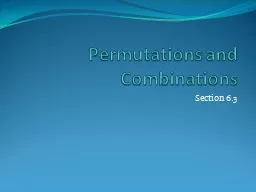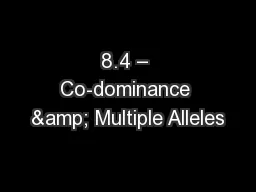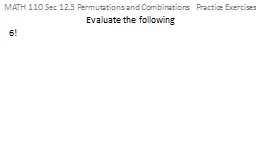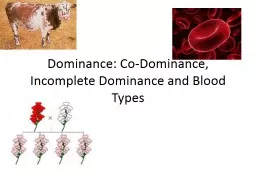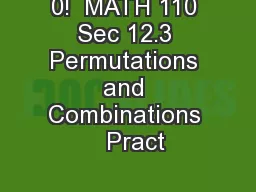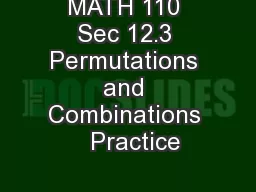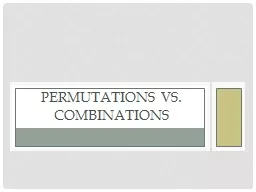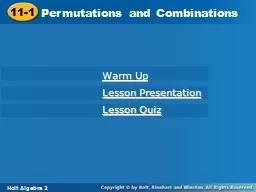PPT-1 Efficient algorithms on sets of permutations, dominance,
Author : trish-goza | Published Date : 2017-08-02
realweighted APSP Raphael Yuster University of Haifa 2 Permutations and matrix products This work consists of several algorithms and applications that involve the
Presentation Embed Code
Download Presentation
Download Presentation The PPT/PDF document "1 Efficient algorithms on sets of permut..." is the property of its rightful owner. Permission is granted to download and print the materials on this website for personal, non-commercial use only, and to display it on your personal computer provided you do not modify the materials and that you retain all copyright notices contained in the materials. By downloading content from our website, you accept the terms of this agreement.
1 Efficient algorithms on sets of permutations, dominance,: Transcript
Download Rules Of Document
"1 Efficient algorithms on sets of permutations, dominance,"The content belongs to its owner. You may download and print it for personal use, without modification, and keep all copyright notices. By downloading, you agree to these terms.
Related Documents


